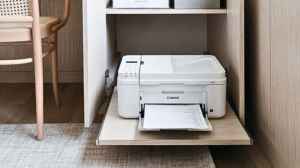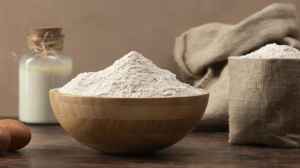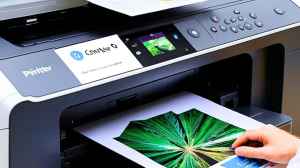Even in the dynamic world of technology, the use of a printer is something that can never be ignored, both in businesses and in the home. Inkjet and laser are two popular types of printers that can be easily found for most printing purposes. The battle of inkjet Vs laser printers has undergone a lot of developments that have overlapped some of their conventional differences. Ink tank inkjet printers and modern inkjet printers in general have very high page yields and low running costs, and color laser printers are more affordable. Laser printers, on the other hand, remain the workhorses of high-volume text and do so in their unmatched speed and precision. In the case of this extensive guide, we will deconstruct the main features of each printer type, evaluate how suitable they are in handling the different modern use case scenarios which makes it worth calling one of the best printers in India. With these key factors, it will enable you to choose the printer that suits your unique needs most in 2025, as the most efficient, high-quality, cost-effective, and others to use.
Understanding the Core Technologies
In order to make an informed decision on which type of printer should you buy in 2025, one must understand the operation of each of the printer forms.
Inkjet Printers: How They Work
Inkjet printers produce images by ejecting a fine spray of small ink droplets of liquid ink onto paper. The technology behind these printers is the print head that traverses back and forth over the page and perfectly ejects ink in fine nozzles. It may provide use of dye-based or pigment-based ink, the former will give it rich color features as would be suitable in photographs.
Key Components:
- Ink Cartridges: They hold liquid ink (cyan, magenta, yellow and black often more photo quality).
- Print Head:Holds small nozzles which expel ink. Inkjets can be cartridge print head, or printer built-in.
- Paper Feed Mechanism: A mechanism that moves paper exactly under the print head.
The working of Laser Printers
Laser printers work completely in a different principle since they use powdered toner and a laser. They operate using a laser to form an electrostatic picture on a rotating drum. The toner is transferred to the paper and fused to the paper through heat and pressure associated with a fuser unit.
Key Components:
- Toner Cartridge: holds powdered toner (black, or black, cyan, magenta, yellow in the case of color laser).
- Photoconductor Drum: A cylinder covered with a surface that is electrically charged, and the laser writes on.
- Laser Assembly: Forms the picture in the drum.
- Fuser Unit: Thermal and pressure provide the bonding of the toner to the paper.
Performance: Speed, Quality, and Volume
Inkjet Printer Performance
- Print Speed: Consumer-grade inkjets continue to average 5-15 pages per minute (ppm), but business inkjets are capable of as fast print speeds as some laser printers, with speeds reaching as much as 100 ppm on monochrome documents.
- Print Quality: Inkjets produce the best high-resolution color prints and are best suited to print photos, graphics and documents with colorful graphics. They are able to render fine-scale details and smooth gradations of colors. The quality of text is much better but not quite as sharp as a laser printer and in smaller fonts in particular.
- Print Volume: Most legacy inkjet printers are optimized at lower/moderate print volumes (e.g. 100- 1000 pages per month). But ink tank (or EcoTank) inkjet printers are designed at very high volume with thousands of pages before they require a Columbus refill.
Laser Printer Performance
- Print Speed: Laser printers are generally very fast in comparison to similar inkjets, extremely fast when monochrome printing, where they can reach speeds of 20-50 ppm, and higher than that on most models; much higher in the high-end. The speed in their first-page-out time is also faster.
- Print Quality: Laser printers produce very sharp, clean text with the crispest lines produced; this enables laser printers to print professional documents, reports, and spreadsheets. There has been an enhancement in color laser printers that result in vivid graphics, whereas they may not match in quality inkjet photoprints.
- Print Volume: Laser printers are used to print in bulk volumes, and will happily satisfy a few thousand pages output in a month. The toner cartridges that they use have a considerably longer life span as compared to the ink cartridges, and are therefore appropriate in hectic offices and big print jobs.
Here you can explore some of the top rated printer models having these two technology and find out which home printer is best for everyday use.



